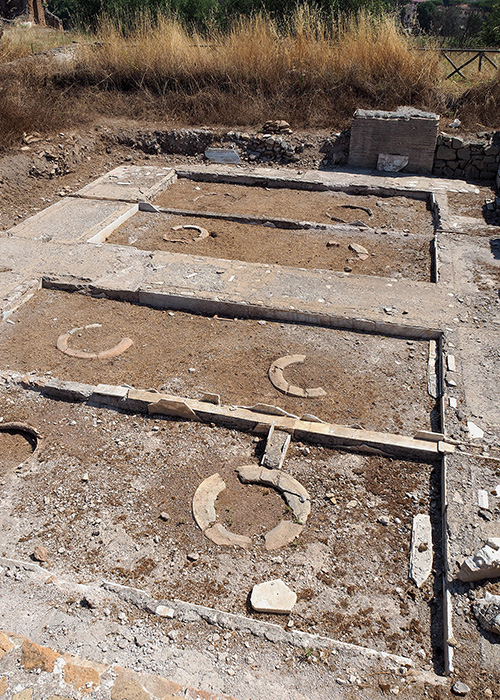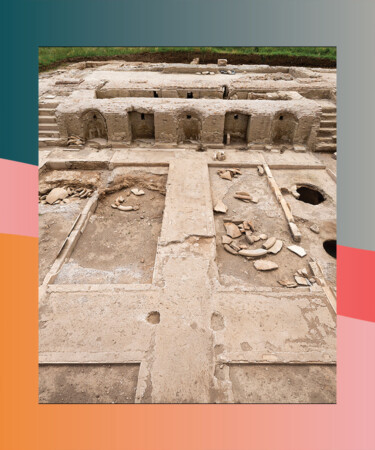A recent archaeological excavation points to one of the most opulent activities enjoyed by wealthy ancient Romans.
Researchers recently uncovered a winery structure designed to turn winemaking into entertainment, according to an April 17 article by NBC News. Located in the ancient Villa of the Quintillii just south of Rome and nearby the historic Appian Way, the structure is believed to have been built or renovated as early as 240 AD.
Details on the excavation were published today in the academic journal Antiquity.
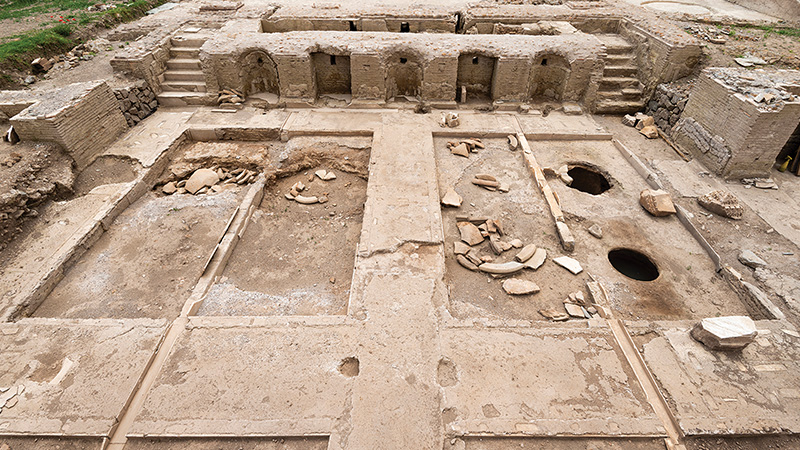
The massive facility is believed to have accommodated wealthy Romans who wished to view the winemaking process. Lush red marble lines the winemaking areas, providing a more luxurious and aesthetically pleasing finish to the area where workers would crush grapes under their feet as an audience watched. Researchers noted the impractical nature of the smooth marble — most winemaking facilities this time were instead built with waterproof concrete — adding that they believe ropes would have been needed to provide workers with extra stability while stepping on grapes on the slick flooring. After crushing the grapes, workers would press them into a liquid that ran across a marble façade to create a free-flowing, fountain-like effect.
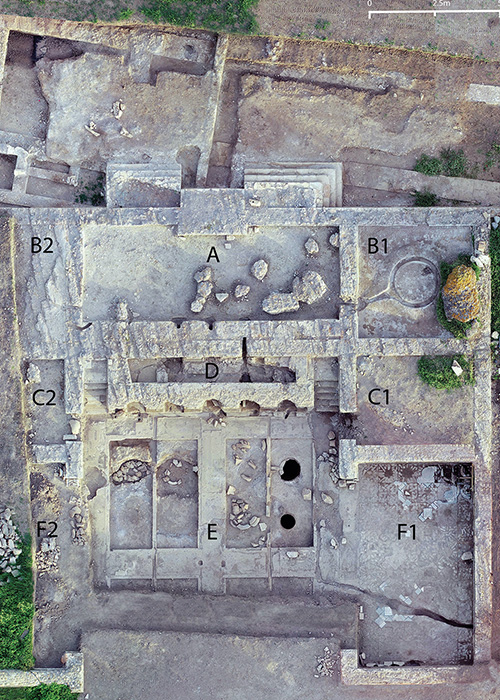
As the wine trade was quite lucrative for affluent Romans, the researchers emphasized the elites’ likely interest in this winemaking “theater,” according to NBC News.
“Wine was a huge source of wealth for the Roman elite. They owned vast amounts of land dedicated to viniculture, winemaking, and they were selling it all across the Mediterranean,” researcher Emlyn Dodd told the media network.
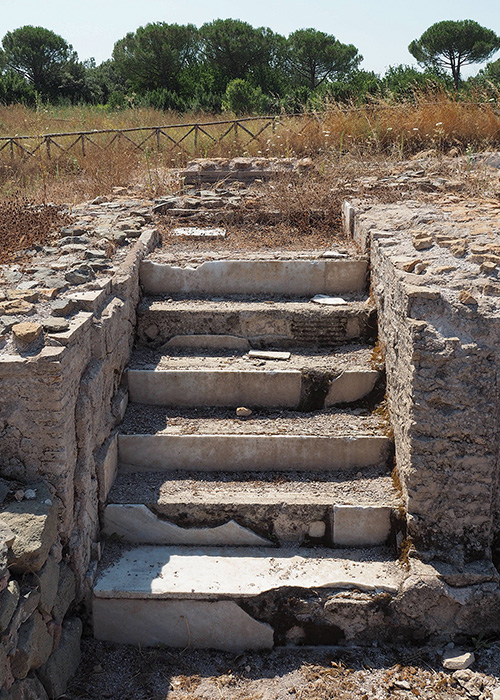
The entire Villa of the Quintilii stands on some 59.3 acres of land and was likely designed for an emperor or similar nobility, based on the intricate decorations and amenities.
